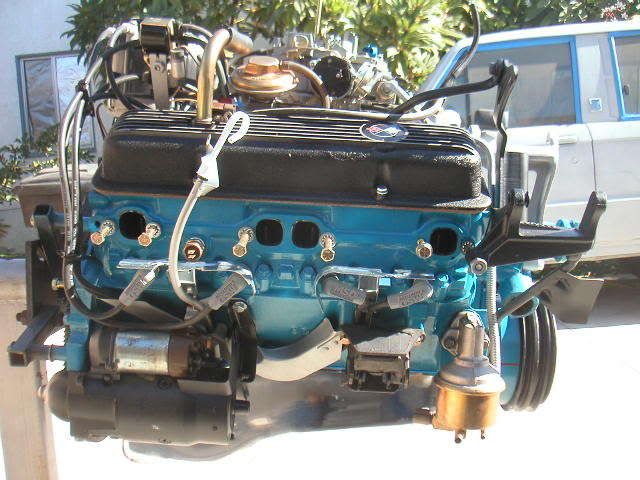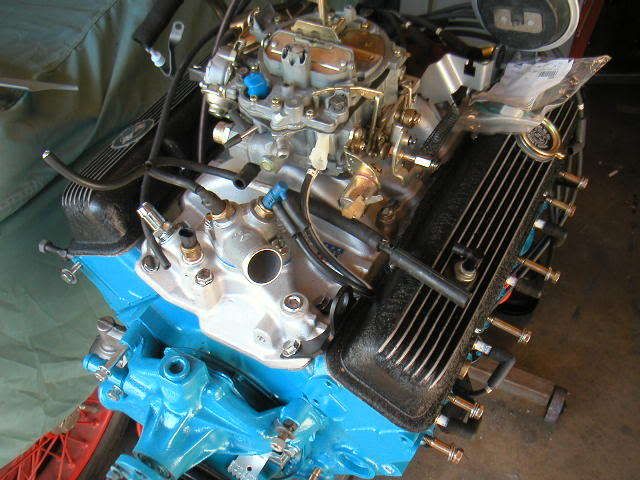- Thread starter
- #21
big2bird
Well-known member
Gerry,
I set the float to .420" per Lars. My understanding is the solenoid height is 1.305" with a gauge. The solenoid travel is 4/32", and the idle bleed is adjusted to obtain 30* at idle. (The idle bleed gauge is approximate till test run.) The TPS has been adjusted to .56 volts at curb idle. Idle mixture is 3 1/3 turns out.
What I do not understand is the rough idle it appears to have, even though I nailed the 30* at idle.
I am going to have a gauge machined, set the solenoid, adjust the travel to 4/32", set the dwell at 30*, and see if that refines it out.
I set the float to .420" per Lars. My understanding is the solenoid height is 1.305" with a gauge. The solenoid travel is 4/32", and the idle bleed is adjusted to obtain 30* at idle. (The idle bleed gauge is approximate till test run.) The TPS has been adjusted to .56 volts at curb idle. Idle mixture is 3 1/3 turns out.
What I do not understand is the rough idle it appears to have, even though I nailed the 30* at idle.
I am going to have a gauge machined, set the solenoid, adjust the travel to 4/32", set the dwell at 30*, and see if that refines it out.








 s
s




